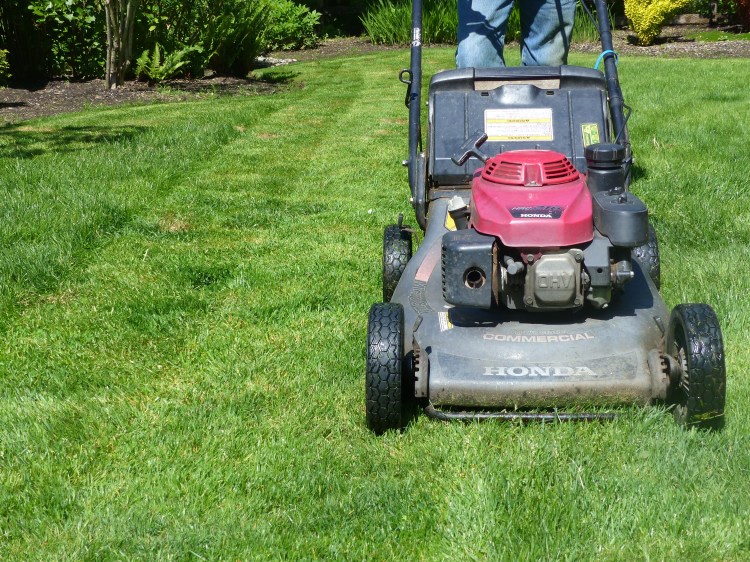Eco-friendly lawns are sprouting up across America as property owners realize they can get better results for less work and money. Some are getting improved drought resistance, too.
“We have to change our mindset about what our lawns should be,” said Tom Tiddens, plant health care supervisor at the Chicago Botanic Garden. “Some people don’t want to see a weed in their lawn. Although adding broadleaf plants will change its (manicured) look, it also will attract pollinators and reduce the need for chemicals.”
Lawns, traditional or otherwise, need suitable environments in which to grow, but many homeowners don’t even know what kind of grass they have, Tiddens said.
“They may be growing lawns in places where it’s not going to work for them,” he said. “If they’re growing under maple trees, for example, they’re asking for trouble.”
A typical eco-lawn is a combination of turf grass varieties with broadleaf plants such as white clover, which supplies nitrogen to the roots, said Alec Kowalewski, a turf grass specialist with the Oregon State University Extension Service.
Yarrow can be added for drought tolerance, along with flowering plants like baby blue eyes, English daisy, chamomile, California poppy and creeping thyme. They are tough enough to tolerate family activities, yet require less effort to keep up, he said.
“The kinds of turf seed used varies from location to location; for instance, perennial ryegrass in moderate climates, fine fescue in shady environments, tall fescue in warm, sunny areas,” Kowalewski said.
Both eco-lawns and regular lawns can be organic: “meaning you fertilize with organic products and don’t apply pesticides,” he said. “Both eco-lawns and traditional lawns require mowing.”
Homeowners can take the environmental middle ground if they don’t want to go completely organic, Tiddens said.
“Organic is a squishy word, anyway,” he said. “Anything we can do to reduce the use of pesticides and fertilizers makes things in the yard more friendly. Go to spot spraying rather than area-wide (chemical) applications.”
Try to manage your lawn in a way that encourages health and vigor, which out-competes weeds and resists pests, he said.
Even simple things can help. Consider:
• Mowing height and frequency. Tall grass, or anything from 2½ to 3 ½ inches, needs less water. Mowing frequency depends on how much flowering is desired and whether rain has encouraged heavy growth.
• Mulching. “Get a mulching mower,” Tiddens said. “You reduce the need for fertilizers by 20 percent by returning grass clippings to the ground.”
• Chemicals. Only use pesticides or herbicides when pests or weeds are at a higher-than-desired level. Even then, limit their use.
• Irrigation. Irrigate deeply and infrequently, about 1 inch of water per week.
• Aerator. “An aerator pulls plugs from the soil of a lawn about the size of your thumb,” Tiddens said. “That helps improve rooting, irrigation, and improves the health of the lawn. It helps especially when you’re not dealing with good soils. It perks the lawn up.”
Send questions/comments to the editors.



Success. Please wait for the page to reload. If the page does not reload within 5 seconds, please refresh the page.
Enter your email and password to access comments.
Hi, to comment on stories you must . This profile is in addition to your subscription and website login.
Already have a commenting profile? .
Invalid username/password.
Please check your email to confirm and complete your registration.
Only subscribers are eligible to post comments. Please subscribe or login first for digital access. Here’s why.
Use the form below to reset your password. When you've submitted your account email, we will send an email with a reset code.